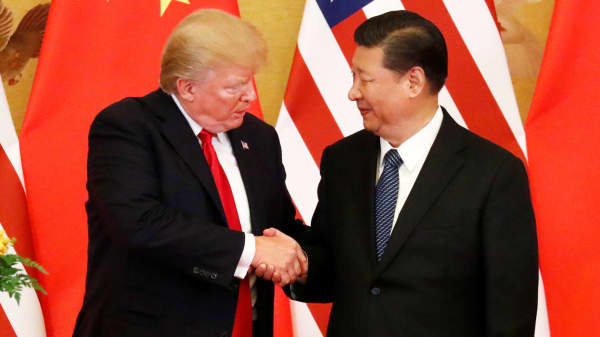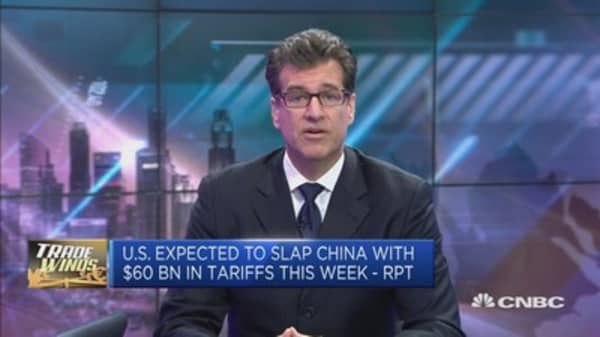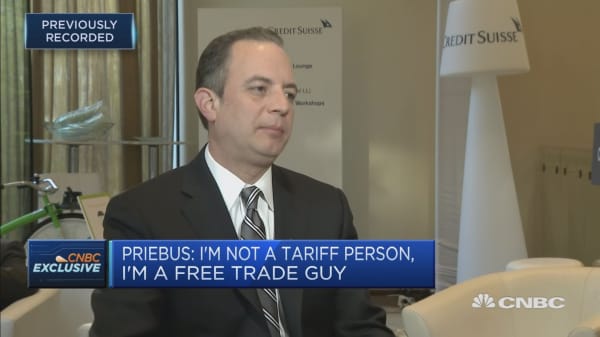If President Donald Trump wants to launch his one-man trade war with China with a surge in tariffs, he has plenty of products to choose from.
The White House is reportedly set to announce Thursday up to $60 billion in new duties on Chinese goods, possibly singling out technology, telecommunications and intellectual property products to start.
But the list of potential targets runs to the thousands, everything from furniture to sneakers.
There's a reason trade deals take years to negotiate. In the last four decades, dozens of countries around the world have gradually eased trade tariffs on each other through years of haggling over how much to tax thousands of individual product types.
The system covers nearly 100 basic categories of goods and then breaks the list down in further detail. Within the category for "tools, implements and cutlery made of base metals," for example, there are more than 80 different product types; seven alone are for different types of knives, depending on what they're used for.
Into this thicket, the Trump administration is hoping to strike a quick and decisive blow in a widening U.S. trade war that most economists, and many of his advisors, say will only provoke a global backlash that will hurt U.S. workers.
It remains to be seen how easily the administration will be able to launch its latest tariff salvo. Dozens of U.S. business groups have expressed alarm at reports of the potential new tariffs on China of as much as $60 billion. On Sunday, 45 American trade associations representing some of the largest companies in the country warned in a letter to the White House that such tariffs would raise prices on consumer goods, kill jobs and drive down financial markets.
If the administration succeeds in levying substantial new tariffs on China, Beijing would likely retaliate by raising duties on American products sold in China.
The potential backlash from China could be painful. U.S. exports of goods and services to China supported more than 900,000 jobs in 2015, the latest data available from the U.S. Department of Commerce. Some 600,000 of those jobs were supported by supported by goods exports and 310,000 by services exports.
Among the biggest losers would be American farmers, who in 2016 sold $21 billion worth of farm products in China, the second-largest market for U.S. agricultural products.
Other industries that would be prime targets for higher Chinese tariffs include aircraft (with $15 billion in 2016 exports), electrical machinery ($12 billion), machinery ($11 billion) and vehicles ($11 billion).





